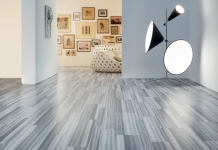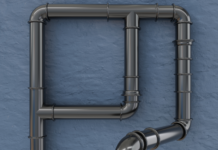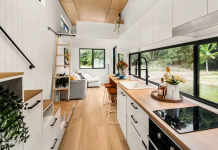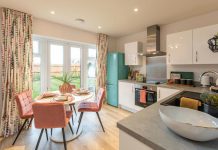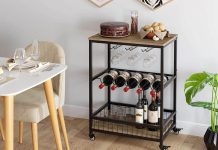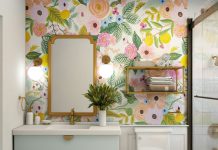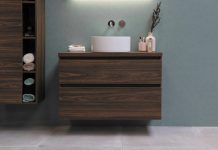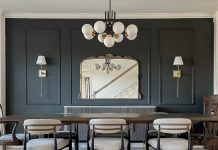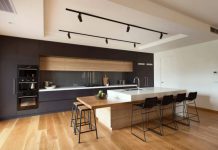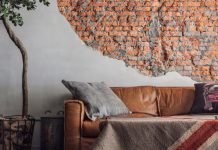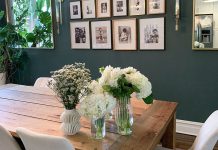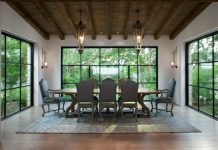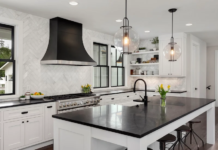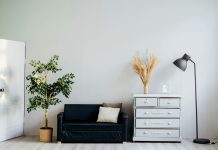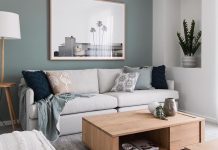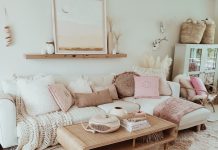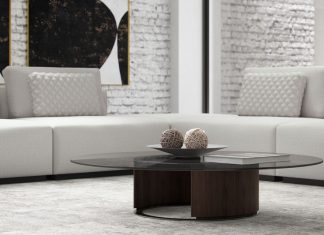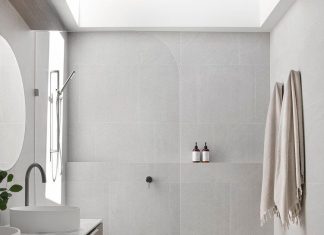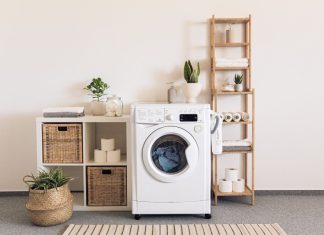The one problem with design is the confusion that people have, wherein they tend to mix up Interior Design with Interior Decoration. The former refers to the process of designing an entire house from the very scratch and the latter refers to decorating a living space that is already existing.
Listed below are 7 important elements of Interior design and their relevance that you need to keep in mind while designing your house.
1. Space
It acts like the foundation on which an entire interior design plan builds itself, and so it is essential that the designer is aware of the space that is available that he/she has to work with. Space is generally divided into two categories namely – two dimensional space which tends to cover the floor (it includes the width and the length) and three dimensional space which comprises of the width, length and the height. A space that is filled up with furniture and basic utilities is called positive space and the space that is left empty is simply called negative space. The interior designer needs to know how to strike a perfect balance and equilibrium with the space so that it does not end up looking overcrowded or too sparse.
2. Line
This element gives birth to shapes and forms that are responsible for establishing a sense of contrast, harmony and unity in a living space. These lines help define shapes and they also act as visual guides in interior space.
This element is broadly categorized into three types – Vertical, Horizontal and Dynamic. The horizontal lines support structures like chairs, tables and beds. Vertical lines can be found on windows, almirahs and doorways, while horizontal line only add a sense of secure and safe feeling to the space in the house. A good interior designer must know how they can utilize all these lines with a balance to define the forms and the structure of the house. A place where you buy your furniture otherwise can be used to buy outdoor furniture online too, if you’re looking for some.
3. Forms
Forms are basically shapes, an outline of a three dimensional object in that space. They can easily be created by combining two or more other shapes and it can be accentuated with the help of many other elements in interior design like patterns, textures and colours. The two types of forms that exist are – geometric shape (man – made) and natural shape (organic). Forms are also categorize as closed or open. A good understanding of the same is required to achieve a good form.
4. Light
Another obvious element in interior design, it can be natural or man-made. Artificial or man-made lights are divided into three broad categories, namely – accent lighting, task lighting and mood lighting. Task lighting as its names suggests includes sources of light like bed and table lamps. Accent lights are used for highlighting purposes.
5. Colour
It needs to be chosen on the basis of the psychology and the mind-set of the person living in the space. For eg., red is a good colour for a dining room as it will encourage your appetite and green is a good colour for the bedroom as it will add a sense of tranquillity and health to the space. Each colour that exists on the colour palette has three distinct characteristics that are hue, intensity and value. A good interior designer should be aware of these characteristics in order to put them together in different permutations and combinations. The colours can be classified into primary, secondary and tertiary.
6. Texture
This element deals with the surface of an object or a space and accordingly determines how a typical surface should feel and look like. Texture will add depth and interest to the living space and give a sense of consistency to the surface. Texture is classified into two types – Visual and actual. You get to see a lot of texture in contemporary interior designs.
7. Pattern
This is the one element in interior design that will add interest and life to interior design. Patterns themselves tell a story of their own and help add elements of transition and continuity in the living space. Patterns can be of any shape and mostly include attractive and repetitive designs. One of the most commonly used patterns on walls is paisley, which is a design pattern that takes the shape of a droplet-shape vegetable. It can be found on pillow covers, wall paints and other decorative surfaces.
With these seven elements, any interior designers work becomes easy and blissful. Also when these elements are kept in mind, the end result is always phenomenal.

